Comparing Hearing Aids for Seniors: Which One is Right for You?
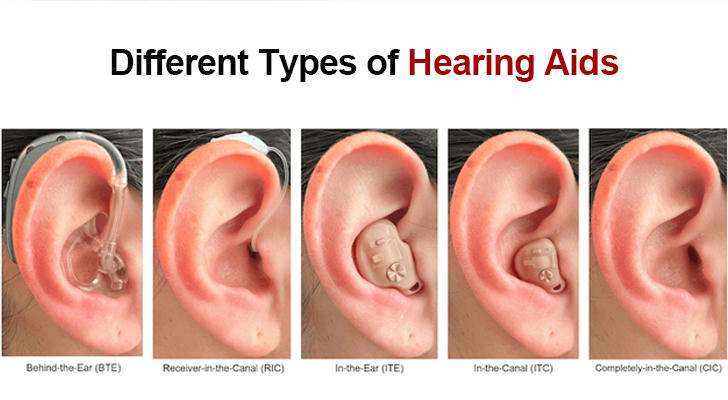
As we age, hearing loss becomes a common issue for many seniors. Hearing aids are an effective tool that can help seniors reconnect with daily life. However, with so many types of hearing aids on the market, how do you choose the right one for you? This article will compare common types of hearing aids in detail, helping you make an informed decision.
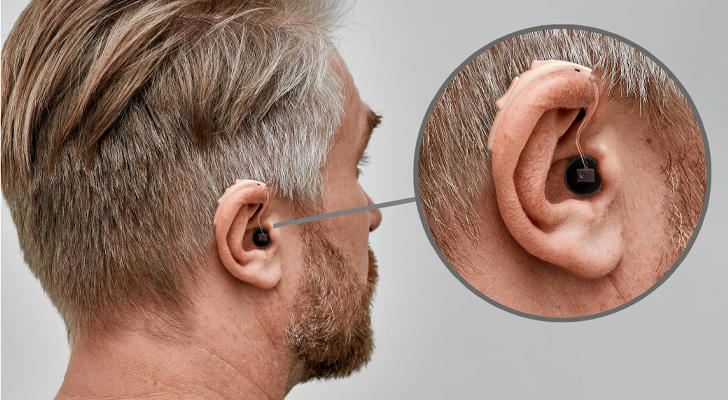
1. Behind-the-Ear (BTE) Hearing Aids
Description: BTE hearing aids are one of the most common choices among seniors. They are worn behind the ear, with a thin tube that directs sound into the ear canal.
Best For: Suitable for all levels of hearing loss, especially moderate to severe hearing loss.
Pros:
• Powerful with clear sound quality.
• Easy to use, making them ideal for seniors with limited hand mobility.
• Long battery life and easy maintenance.
Cons:
• Larger size, making them more visible.
• May interfere with glasses or other accessories.
Case Study: Mrs. Li's Choice
Mrs. Li, 75, started experiencing hearing loss a few years ago. Due to her severe hearing loss, she chose BTE hearing aids. She found them easy to operate and appreciated the clear sound, especially during family gatherings. While there was some interference with her glasses, overall, she was very satisfied with the results.
Solution: For those who wear glasses, consider a thin-design BTE hearing aid to minimize conflict with glasses. Regularly check the hearing aid's condition to ensure long-term reliability.
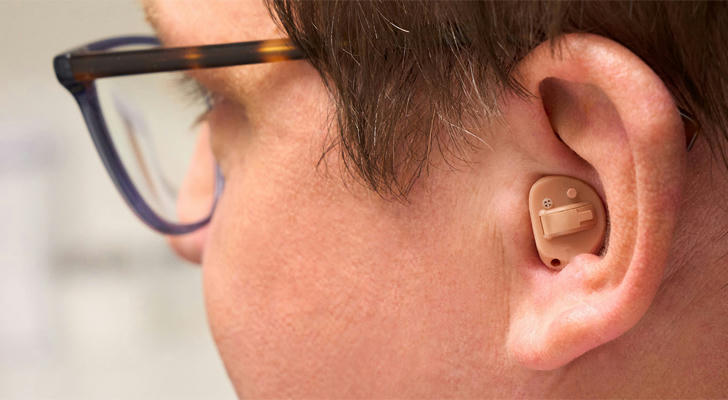
2. In-the-Ear (ITE) Hearing Aids
Description: ITE hearing aids are placed entirely within the outer ear canal, making them more compact.
Best For: Suitable for mild to severe hearing loss, especially for those who don't like BTE hearing aids.
Pros:
• Highly discreet and hard to notice.
• Comfortable fit that conforms to the shape of the ear.
Cons:
• Smaller battery with shorter battery life.
• May not be suitable for those with narrow ear canals or ear issues.
Case Study: Mr. Zhang's Choice
Mr. Zhang, 68, is conscious of his appearance and wanted his hearing aids to be as discreet as possible. After a hearing test, he chose ITE hearing aids because of their compact design and snug fit. He found them nearly invisible in social settings and very comfortable to wear.
Solution: Regularly replace the hearing aid batteries and ensure the device stays dry to avoid damage from moisture or earwax.
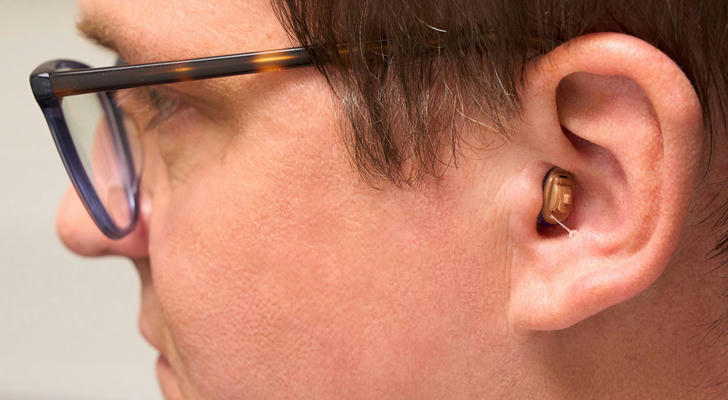
3. In-the-Canal (ITC) Hearing Aids
Description: ITC hearing aids are smaller and fit within the ear canal, making them even less noticeable than ITE hearing aids.
Best For: Suitable for mild to moderate hearing loss, especially for those who value discretion.
Pros:
• More discreet and almost invisible.
• Provides natural sound quality with less wind noise.
Cons:
• Harder to operate, which may not be ideal for seniors with limited hand mobility.
• Requires regular cleaning as they are more prone to earwax and moisture buildup.
Case Study: Mrs. Wang's Choice
Mrs. Wang, 72, has mild hearing loss and prefers her hearing aids to be as inconspicuous as possible. She opted for ITC hearing aids and was very pleased with the sound quality, especially when walking outdoors, as wind noise was significantly reduced.
Solution: Use hearing aid cleaning tools to regularly clean the device and prevent earwax buildup. If operating the device is difficult, consider seeking help from family members.
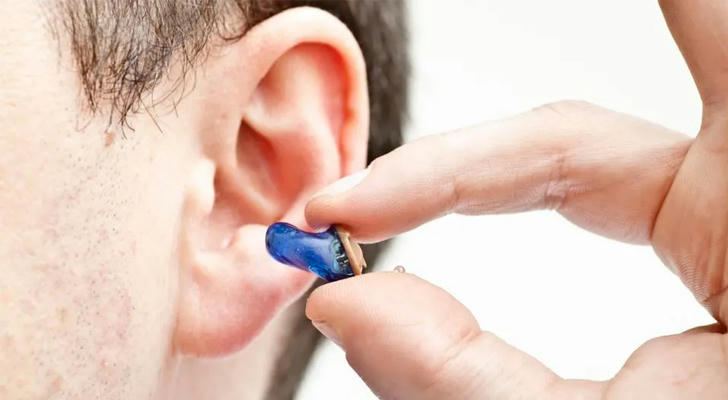
4. Completely-in-Canal (CIC) Hearing Aids
Description: CIC hearing aids are placed deep within the ear canal, making them one of the smallest types available.
Best For: Suitable for mild to moderate hearing loss, especially for those who prioritize appearance.
Pros:
• Extremely discreet and almost impossible to detect.
• Reduces wind noise, ideal for outdoor activities.
Cons:
• oLower power, not suitable for severe hearing loss.
• oFrequent battery changes and higher maintenance difficulty.
Case Study: Mr. Liu's Choice
Mr. Liu, 70, enjoys participating in community activities and is concerned about how his hearing aids look. He chose CIC hearing aids because they are incredibly discreet and virtually undetectable. Despite needing to change batteries more often, he felt the benefits of their invisibility outweighed the inconvenience.
Solution: Regularly check battery levels and carry spare batteries to ensure the hearing aids are always functioning properly.
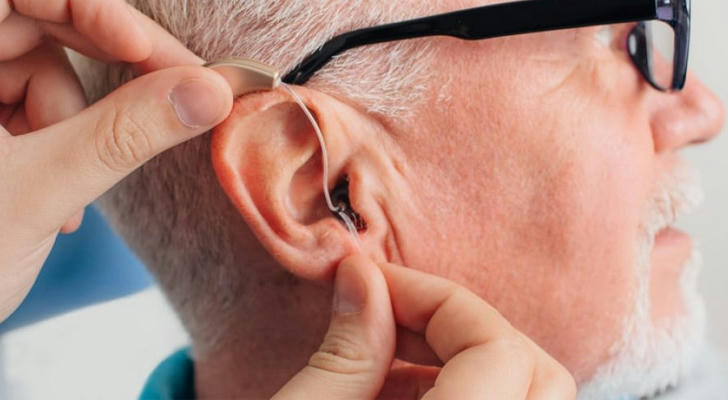
5. Receiver-in-Canal (RIC) Hearing Aids
Description: RIC hearing aids have a microphone behind the ear, while the receiver sits inside the ear canal, with sound delivered via a thin wire.
Best For: Suitable for mild to moderate hearing loss, particularly for those who value sound quality.
Pros:
• Clear sound quality with a natural feel.
• Less blockage of the ear canal, making them more comfortable to wear.
• Small and discreet design.
Cons:
• Relatively expensive.
• May require more frequent cleaning and maintenance.
Case Study: Mr. Zhao's Choice
Mr. Zhao, 65, has high standards for sound quality and enjoys outdoor activities. He chose RIC hearing aids for their clear, natural sound and comfortable fit. Although they were more expensive, he felt the investment was worth it.
Solution: To prolong the lifespan of the device, regularly clean the hearing aids and use moisture protection accessories to prevent damage from sweat or humidity.
Which Hearing Aid is Right for You?
When choosing the right hearing aid, consider the following factors:
• Degree of Hearing Loss: Different types of hearing aids are suitable for different levels of hearing loss, so choose based on your hearing test results.
• Lifestyle: If you are often outdoors or engage in social activities, a hearing aid with strong discretion and wind noise reduction may be more suitable.
• Ease of Use: For seniors with limited hand mobility, opt for hearing aids that are simple to operate and easy to maintain, such as BTE hearing aids.
• Budget: Hearing aids can vary greatly in price, so choose a model that offers the best value within your budget.
Summary
Every senior has unique needs and preferences. When choosing a hearing aid, consider your specific circumstances. A professional hearing test and consultation can help you find the most suitable hearing aid, improving your quality of life and allowing you to enjoy a clearer world.
